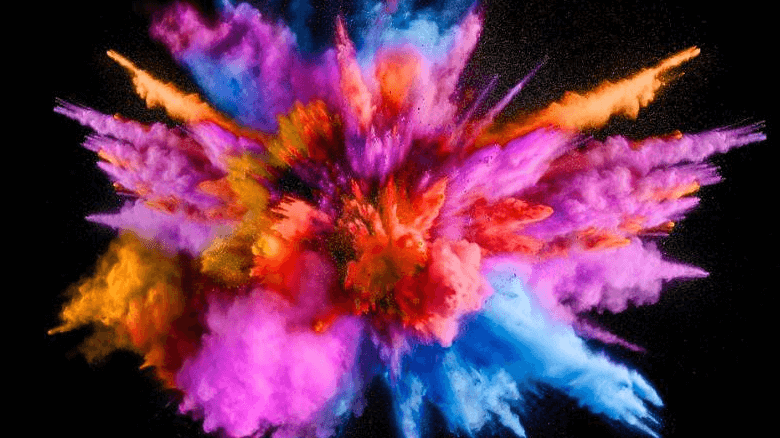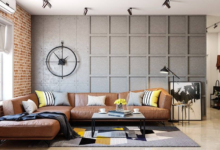Background:3b389ld5f3i= Color

The selection of Background:3b389ld5f3i= Color is a pivotal aspect of design that influences not only aesthetics but also user engagement and emotional response. Understanding the nuances of color codes and their psychological implications can transform a simple visual into a powerful communicative tool. As we explore the significance of color in design and its practical applications, one must consider how emerging trends are reshaping our approach. What implications do these evolving color dynamics hold for future design strategies? The answers may reveal more than expected.
Understanding Color Codes
Understanding color codes is essential for effectively utilizing color in design and communication.
Color psychology reveals how hues influence emotions and perceptions, while color harmony ensures a balanced visual experience.
By mastering these codes, designers can evoke desired responses, creating compelling narratives that resonate with audiences.
This knowledge empowers individuals to express their creativity and freedom through thoughtfully curated color palettes.
Significance in Design
The significance of background color in design cannot be overstated, as it serves as a foundational element that influences overall aesthetics and user experience.
Through color psychology, designers tap into emotional impact and cultural perceptions, shaping branding strategies effectively.
A well-chosen background enhances visual harmony while addressing accessibility considerations, ensuring that all users engage with content in a meaningful and enjoyable manner.
Read More Background:2sj3iuzvwiy= Happy Birthday Wallpaper
Practical Applications
Incorporating background color into various design contexts can significantly enhance the effectiveness of visual communication.
By leveraging color psychology, designers can evoke specific emotions and reactions, guiding audience perception.
Color symbolism further enriches this experience, allowing cultural nuances to inform design choices.
Whether in branding or web design, thoughtful application of background color fosters a deeper connection, empowering users to engage freely and meaningfully.
Future Trends in Color Use
Embracing innovative color palettes is set to redefine visual design in the coming years, as trends shift towards more dynamic and immersive experiences.
Color psychology will play a pivotal role, influencing emotional responses while reflecting cultural implications.
Designers will increasingly navigate diverse cultural narratives, fostering connections through thoughtfully curated color schemes that resonate deeply.
Ultimately, this will enhance user engagement and personal expression in various contexts.
Conclusion
In the grand tapestry of design, Background:3b389ld5f3i= Color emerges as both the unsung hero and the tyrant of visual storytelling. While some may argue that a mere hue holds the power to sway emotions and dictate user experiences, others might contend that the color wheel serves merely as a decorative accessory. Nevertheless, the undeniable truth remains: in a world where attention spans dwindle, the right background color transforms mundane content into an experience worthy of profound contemplation—or at least a fleeting glance.






